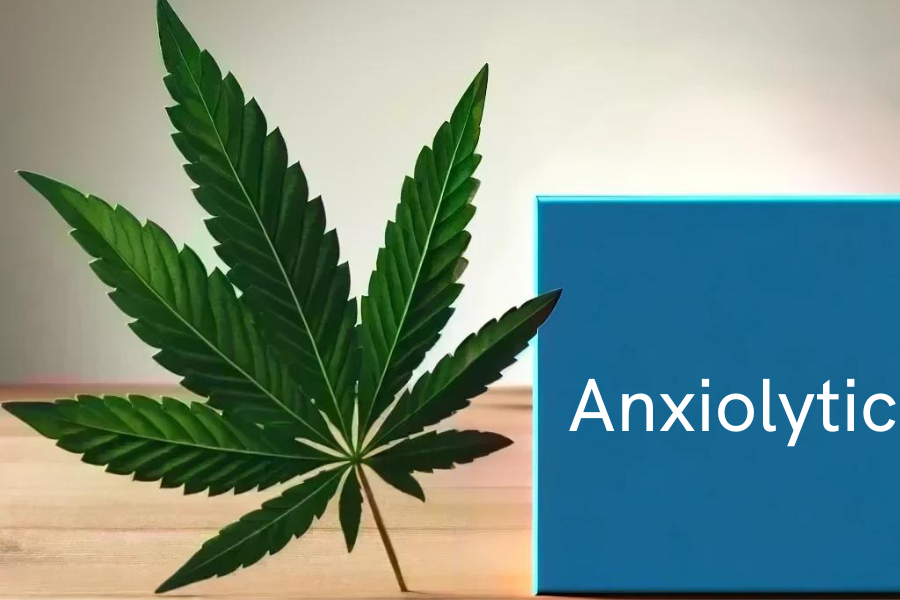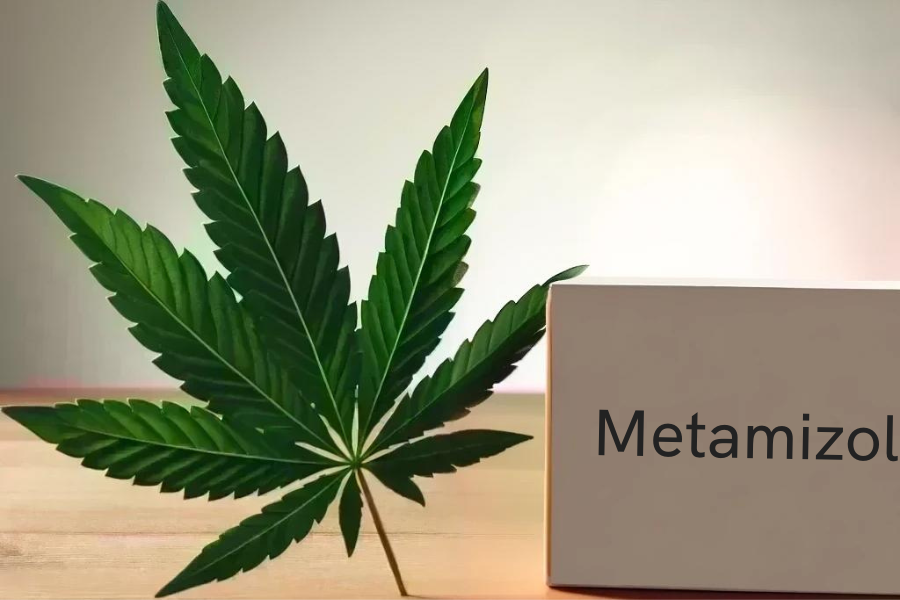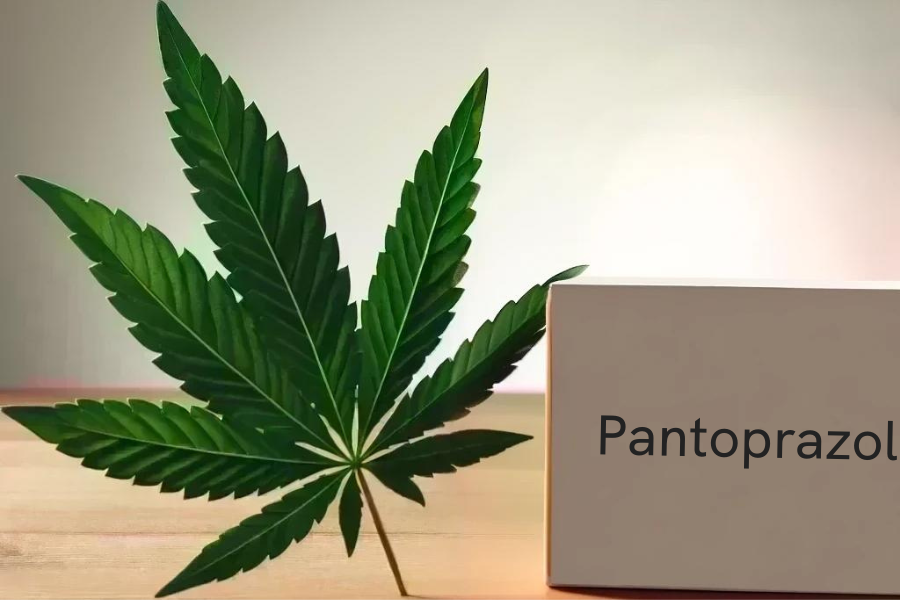In recent years, the increased accessibility and acceptance of cannabis led to a heightened interest in potential interactions between cannabis and other drugs. One such class of drugs is anxiolytics, used to relieve anxiety. This article aims to shed light on these interactions, hoping to serve as a resource for both medical professionals and general public. As always, it’s crucial to consult a healthcare provider for personalized medical advice.
Overview of Cannabis
Components
Cannabis, widely known for its recreational and medicinal uses, contains two main components: Tetrahydrocannabinol (THC) and Cannabidiol (CBD). THC is primarily responsible for the psychoactive effects or the ‘high’ associated with cannabis use, while CBD has various non-psychoactive therapeutic benefits, such as anti-inflammatory and anti-anxiety effects.(source)
Common Uses
Cannabis, in its various forms, is commonly used to alleviate symptoms in a range of medical conditions such as chronic pain, glaucoma, and epilepsy. Its recreational use is prevalent, owing to its psychoactive effects.
Overview of Anxiolytics
Drug Information
Anxiolytics are a class of drugs designed to alleviate symptoms of anxiety. Diazepam (Valium) and Lorazepam (Ativan) are examples of benzodiazepines, a type of anxiolytic. These drugs potentiate the neurotransmitter gamma-aminobutyric acid (GABA), reducing neuronal excitability and producing calming effects. (source)
Common Uses
Anxiolytics are typically used in managing anxiety disorders, sleep disorders, alcohol withdrawal symptoms, and sometimes for muscle relaxation.
Potential Interactions
Physiological Basis
Cannabis and anxiolytics could potentially interact on several pathways in the body. For instance, both drugs can suppress the central nervous system, possibly leading to heightened sedative effects when used together.(source)
Research Findings
Some research indicates that concurrent cannabis and benzodiazepine use might be associated with a higher risk of treatment failure in anxiety disorders. However, more research is needed.(source)
Risks and Warnings
Adverse Effects
Combined use may lead to increased sedation, dizziness, confusion, and impaired motor function. Moreover, it may also increase the risk of drug dependence and withdrawal symptoms.(source)
Risk Populations
Older adults, pregnant women, individuals with mental health disorders, and those with liver diseases may be at an increased risk of adverse effects from combined use.
Recommendations
Always seek advice from a healthcare provider before starting, stopping, or changing the dosage of any medication, including cannabis. Monitor yourself closely for any adverse effects, and consider starting with lower doses if you are considering combined use.
Conclusion
In conclusion, while both cannabis and anxiolytics have therapeutic benefits, their combined use may lead to potential interactions and adverse effects. Thus, professional guidance is crucial for safe use. Stay informed and ensure your actions contribute positively to your health.
References and Further Reading
- Components of Cannabis
- Understanding Anxiolytics
- Potential Interactions between Anxiolytics and Cannabis
- Research Findings and Evidence
- Risks and Warnings of Combined Use





